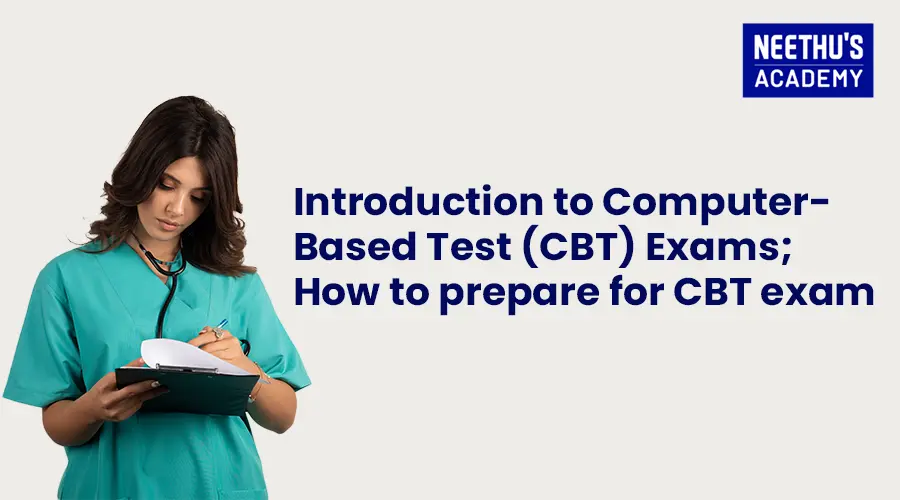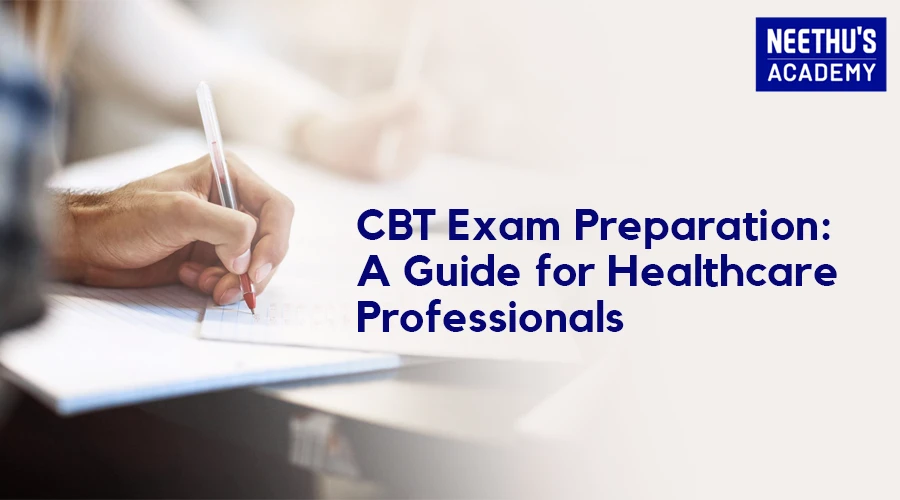Introduction to Computer-Based Test (CBT) Exams;How to prepare for cbt exam
In an era defined by rapid technological advancement, traditional pen-and-paper examinations are making way for more dynamic and efficient assessment methods. One such paradigm shift is the advent of Computer-Based Tests (CBTs), which have revolutionized the way individuals undertake evaluations across various fields. Unlike their paper counterparts, CBTs leverage digital technology to administer exams, presenting questions, and recording responses through a computer interface. This innovative approach offers a host of benefits, including enhanced security, real-time scoring, and adaptability to a diverse range of test formats.
These steps will help you to prepare for nmc cbt exam
- Understand the Exam Format before cbt exam preparation
Familiarize yourself with the exam’s structure, including the number of sections, types of questions, and time allocation. This information is usually available on the official website or in the exam’s handbook.
- Gather Study Materials
Obtain official study guides, textbooks, and any recommended reading materials. These resources are designed to align with the content and format of the exam.
- Create a Study Schedule
Develop a realistic timetable that covers all the material you need to study. Allocate specific time slots for each topic or section. Be sure to include breaks for rest and relaxation.
4.Set Specific Goals
Define clear, achievable goals for each study session. For instance, aim to complete a certain number of chapters, or solve a set number of practice questions.
- Active Learning Techniques
Utilize active learning strategies like summarizing, questioning, and teaching. Engage with the material rather than passively reading or listening.
6.Practice Regularly
Engage in regular practice using mock tests or sample questions. This helps you get accustomed to the CBT format and improves your time management skills.
- Utilize Digital Resources
Explore online platforms, forums, and communities dedicated to the specific exam you’re preparing for. Engage in discussions, ask questions, and seek advice from others who have successfully taken the exam.
- Take Notes and Make Flashcards
Summarize key concepts, formulae, or important information on flashcards. This method aids in quick revision and retention.
- Simulate Exam Conditions
Set up a quiet, distraction-free environment similar to the actual exam. Practice with a timer to get accustomed to the pace required for each section.
- Review and Revise
Periodically revisit previously covered material. This reinforces your memory and ensures that you retain the information in the long term.
- Identify Weak Areas
Regularly assess your progress and identify areas that need additional focus. Allocate more time to these subjects while adjusting your study schedule.
- Seek Clarification
Don’t hesitate to seek clarification on any doubts you may have. This could be through online forums, study groups, or by consulting teachers or mentors.
- Practice Time Management
Develop a strategy for managing your time during the actual exam. Allocate specific time limits for each section or question, and stick to them during practice sessions.
- Prioritize Self-care
Ensure you get adequate rest, eat nutritious meals, and engage in regular physical activity. A healthy body and mind are crucial for effective learning.
- Stay Positive and Stay Motivated
Maintain a positive mindset throughout your preparation. Celebrate small victories and use setbacks as learning opportunities. Stay motivated by visualizing your success and the benefits it will bring.
- Final Review
In the days leading up to the exam, focus on reviewing key concepts and doing light practice. Avoid cramming, as it can lead to burnout and reduce retention.
By following these detailed steps in cbt exam preparation, you’ll be well-prepared to tackle your CBT exam with confidence and increase your chances of success. Remember, consistency and a well-structured approach is key to achieving your desired outcome. Good luck!





